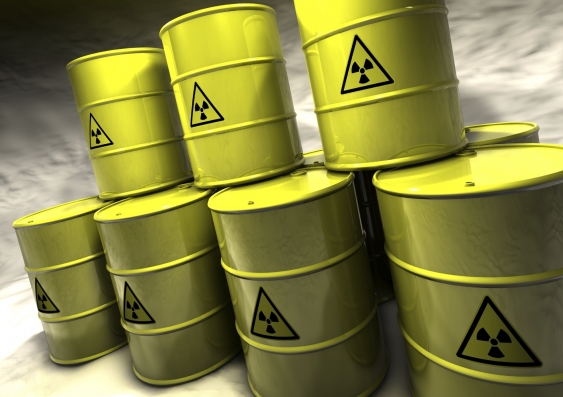Why would the world accept Australia’s offer to store nuclear waste?
The South Australian proposal to profit from the storage of nuclear waste would create a financial burden on future generations, and bring substantial environmental and health risks, writes Mark Diesendorf.


